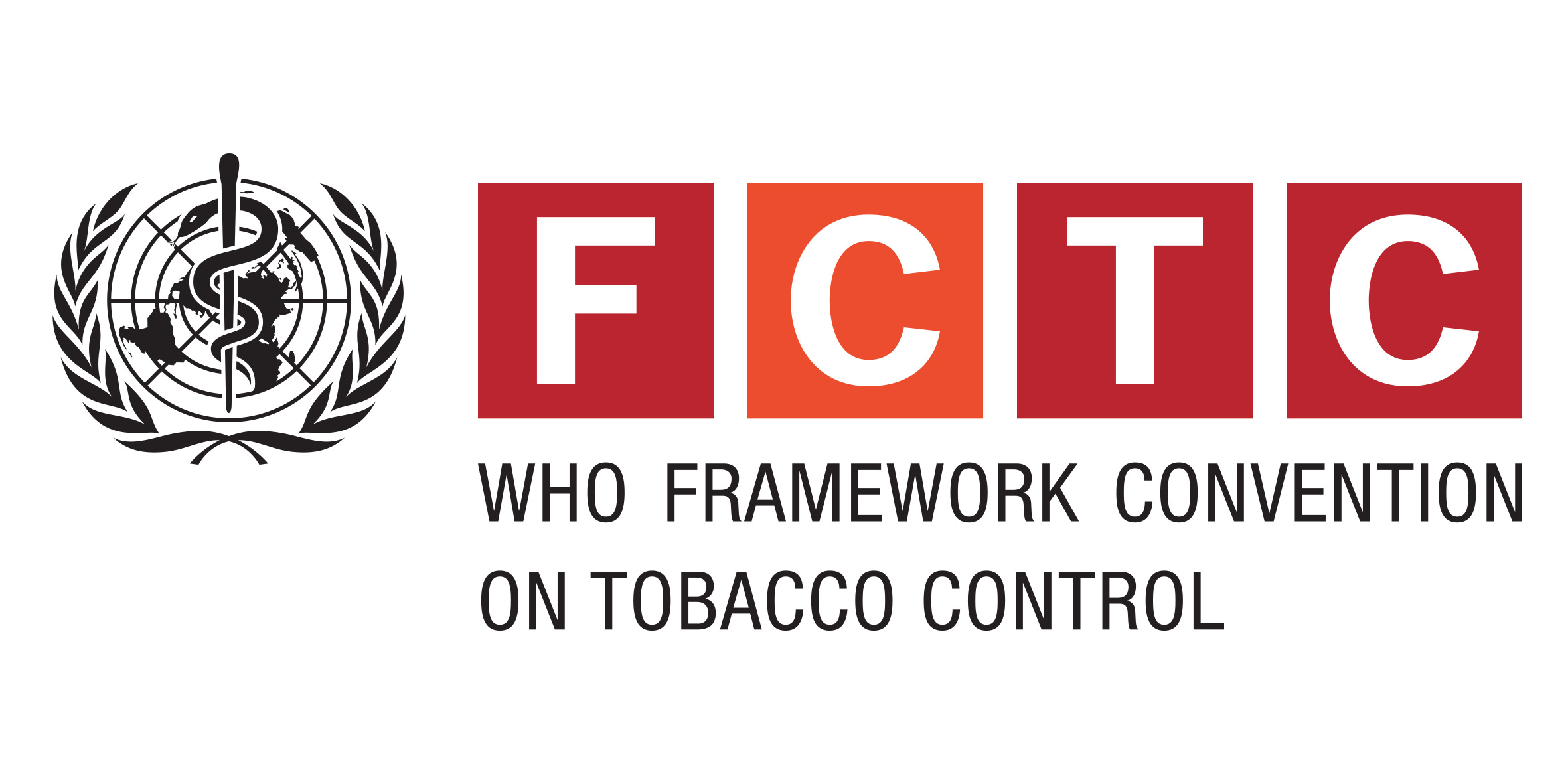Journal Article
Print(0)
Journal of chromatography.A
J.Chromatogr.A
4-Jul
1349
1
10
CI: Copyright (c) 2014; JID: 9318488; 0 (Polycyclic Hydrocarbons, Aromatic); 0 (Water Pollutants, Chemical); OTO: NOTNLM; 2014/02/13 [received]; 2014/04/28 [revised]; 2014/04/29 [accepted]; 2014/05/04 [aheadofprint]; ppublish
Netherlands
1873-3778; 0021-9673
PMID: 24857036
eng
Journal Article; Research Support, Non-U.S. Gov't; IM
10.1016/j.chroma.2014.04.094 [doi]
Unknown(0)
24857036
There is a growing awareness of the need to reduce the negative impact of chemical analyses on the environment and to develop new eco-friendly and sustainable analytical methods without compromising performance. In this study, we developed a "green" analytical method enabling the accurate and simultaneous routine analysis of 21 polycyclic aromatic hydrocarbons (PAHs) in reduced quantities (100mg and 1g wet weight (WW)) of marine biota samples (fish muscle, mussel and oyster tissues) using alkaline digestion combined with stir bar sorptive extraction-thermal desorption-gas chromatography-tandem mass spectrometry (SBSE-GC-MS/MS). The innovative method provides good selectivity and specificity for most compounds. In 1gWW samples, limits of quantification (LOQs) ranged from 1 to 10mug/kgWW in fish muscle and from 0.5 to 10mug/kgWW in mussel tissue. The method enables most analytes to be quantified below the restrictive limits established by the European Commission (2 and 10mug/kgWW in fish muscle and bivalve mollusc, respectively). Higher LOQs were obtained in 100mgWW samples ranging from 1 to 50mug/kgWW. Recovery and linearity were assessed for all analytes. The results were satisfactory for most compounds with recoveries ranging from 94% to 117% in 1gWW mussel samples at spike concentration of 10ng/gWW with standard deviation not exceeding 12%. However, results confirmed that the SBSE efficiency is affected by the complexity of biological matrices, especially for high molecular weight compounds in lipid-rich mussel tissue. Because of the matrix effects, matrix-matched calibrations were carried out. Validation was performed using the standard reference material 1974c with recovery ranging from 71% to 119% except for naphthalene, anthracene and benzo(e)pyrene that were therefore not validated. Overall, the developed method meets analytical validation criteria for most compounds. Thanks to the combination of alkaline digestion and SBSE, which greatly simplifies sample treatment and limits solvent use to ethanol, the developed method followed most green analytical chemistry principles.
Elsevier B.V
Lacroix,C., Le Cuff,N., Receveur,J., Moraga,D., Auffret,M., Guyomarch,J.
LEMAR - UMR 6539 - Technopole de Brest-Iroise, 29280 Plouzane, France. Electronic address: camlacroix@hotmail.fr.; CEDRE - 715, Rue Alain Colas/CS 41836, 29218 Brest Cedex 2, France.; CEDRE - 715, Rue Alain Colas/CS 41836, 29218 Brest Cedex 2, France.; LE
20140504
http://vp9py7xf3h.search.serialssolutions.com/?charset=utf-8&pmid=24857036
2014

